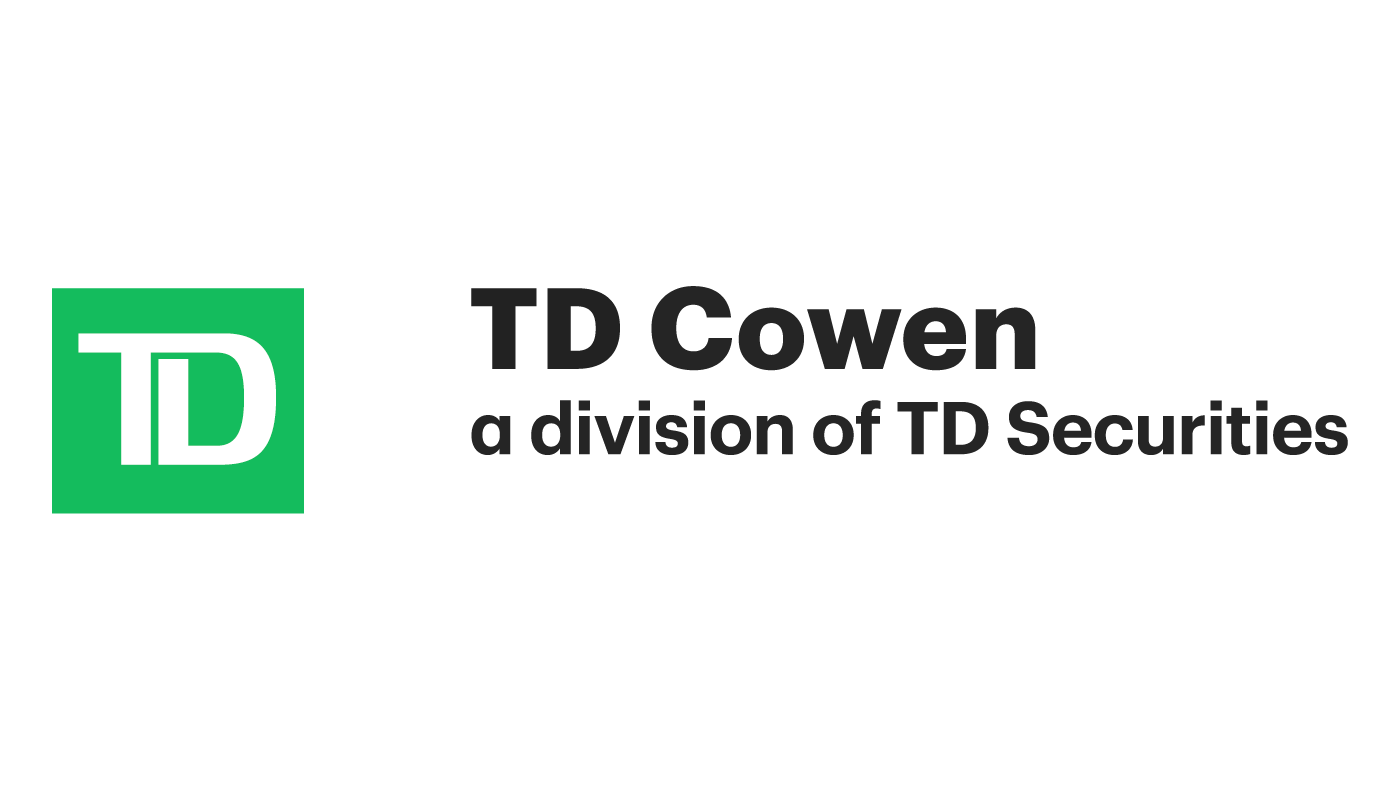
A recent paper authored by Kensuke Molnar-Tanaka, OECD Development Centre and Hiroaki Sakamoto, Kobe University, explores how catastrophe bonds are being viewed as being more advantageous compared to taxation, when it comes to tackling the increasing rise in costs related to global natural catastrophe events.The study, titled “Financing the costs of disasters: Catastrophe bonds or taxation?” highlights how disaster events are becoming more frequent and the economic damages that they cause are becoming more severe, and how financing these costs remains a major challenge.Throughout the study, the authors examined two disaster financing measures: the issuance of catastrophe bonds and tax mobilisation.The authors also compared their impacts on economic welfare using a theoretical macroeconomic model.
The results suggest that the catastrophe bond option has several advantages from an economic welfare point of view.“The risks from natural hazards are increasing and economic damages caused by disasters are becoming more severe around the world.The associated costs have grown continuously over the last 60 years,” the authors write.
“The discussion on effective policy response to disasters is gaining more attention in recent years.It is crucial to plan comprehensive design for disaster risk financing, including broadening financial options.Moreover, the need to discuss an effective policy mix of different financial tools is becoming increasingly important.” As the authors pinpoint, in the context of disaster response, governments use taxation as a tool to raise funds for recovery programmes.
However, it’s worth noting that it is not uncommon for governments to reduce taxes and similar obligations that would otherwise pressure households affected by disasters, either as a bespoke measure or through pre-existing components of the established taxation framework (e.g.temporary tax-relief provisions).“In theory, financing through taxation is favourable to a government’s fiscal position and therefore warranted in instances when the debt stock is a significant policy consideration,” Molnar-Tanaka and Sakamoto note.
Turning attention towards catastrophe bonds, the authors state: “Beyond traditional bonds, catastrophe bonds have emerged as financial instruments that securitise disaster risk into a tradable format.A typical transaction requires the sponsor or cedent to set up a special-purpose vehicle (SPV), which acts as a facilitator to transfer the catastrophe risk from the sponsor to the investors between the two parties.The SPV (also called a special-purpose entity or single-purpose company) is a firm with the solitary purpose of enabling the transaction.
The SPV grants reinsurance coverage or catastrophe swap protection to the sponsor and collects the required risk capital by issuing the catastrophe bond to investors.” Throughout the study, the authors used a theoretical model that contained a macroeconomic approach in order to compare different policy options based on economic welfare.Results from the study showed that government intervention to insure against disaster risk “unambiguously improves equilibrium welfare, regardless of how the policy is financed.” Referring to figures presented in the study, the authors stated, “spending just 0.1% of GDP on disaster risk management yields a welfare gain equivalent to a permanent 0.16% increase in consumption if financed by taxes, or a 0.25% increase if financed by catastrophe bonds, relative to the baseline with no intervention.This demonstrates that the benefits of mitigating disaster risk exceed the costs of the policy.
Adding: “However, the channels through which these welfare gains materialise – and the corresponding effects on economic growth – differ dramatically between the two financing options.Our analysis reveals a stark trade-off: catastrophe bond financing provides superior welfare gains by offering better insurance, while tax financing leads to higher long-run economic growth.Understanding the transmission mechanisms behind this counterintuitive result is crucial to effective policy design.” “When the government issues sovereign catastrophe bonds, it introduces a new risk-free asset into the economy.
As Figures 8-10 illustrate, households divert a portion of their savings from productive but risky physical and human capital into these government bonds, seeking to shield their wealth from disaster shocks.This portfolio reallocation is a form of “crowding-out,” not through direct government spending, but through competition for private savings.This shift reduces the economy’s total stock of productive capital because the bonds themselves are not productive assets, leading to a lower long-run growth rate,” the authors continue.
“Despite this negative impact on growth, sovereign catastrophe bond financing yields a much larger welfare gain.The primary reason is that the catastrophe bond market, once established, provides a powerful insurance mechanism that is otherwise unavailable.By holding a risk-free asset, households can significantly smooth their consumption and income in the face of disaster shocks.
As Figure 11 clearly shows, the introduction of sovereign catastrophe bonds dramatically reduces the variance of equilibrium income.For risk-averse households, the welfare benefit of this enhanced insurance is substantial and outweighs the cost of lower long-term growth.” In contrast, the tax-financed policy generates two opposing effects on investment.As per Molnar-Tanaka and Sakamoto, on one hand, the income tax is distortionary, which reduces the after-tax return on all assets and ultimately creates a drag on investment.
Concurrently, the insurance payments are targeted to reduce the risk associated with human capital, which carries a higher expected return in equilibrium to compensate for its greater risk exposure.As a result, this targeted risk reduction makes human capital more attractive than physical capital on a risk-adjusted basis.“In summary, while both financing instruments improve welfare by providing insurance, their economic impacts are fundamentally different.
Taxation maintains a higher growth rate, yet is less effective than catastrophe bonds at reducing income uncertainty.Catastrophe bonds lead to lower growth than a tax-financed policy does due to crowding out of productive investment, but they offer superior risk-sharing that households value highly by creating a more complete asset market,” the report reads.“This paper compares two disaster risk financing measures – the issuance of catastrophe bonds and taxation – and discusses their impact on economic welfare based on a theoretical model, by using a macroeconomic approach.
The results from the theoretical model showed that as far as welfare is concerned, catastrophe bond issues have some advantages.However, developing a catastrophe bond market presents several challenges, including, broadening investor bases, investment in infrastructure, minimising basis risk, and developing local-currency bond markets,” the authors note.Concluding: “The discussion on effective policy response to disasters is gaining more attention and the need to determine an effective policy mix of different financial tools has become increasingly important in recent years.
This paper contributes to the discussion on the importance of striking the right balance between catastrophe bonds and taxation.” Molnar-Tanaka, alongside Yang-Che Wu, Feng Chia University, explored how the issuance of multi-country catastrophe bonds can enhance disaster cost management in Southeast Asia..All of our Artemis Live insurance-linked securities (ILS), catastrophe bonds and reinsurance can be accessed online.Our can be subscribed to using the typical podcast services providers, including Apple, Google, Spotify and more.
Publisher: Artemis








